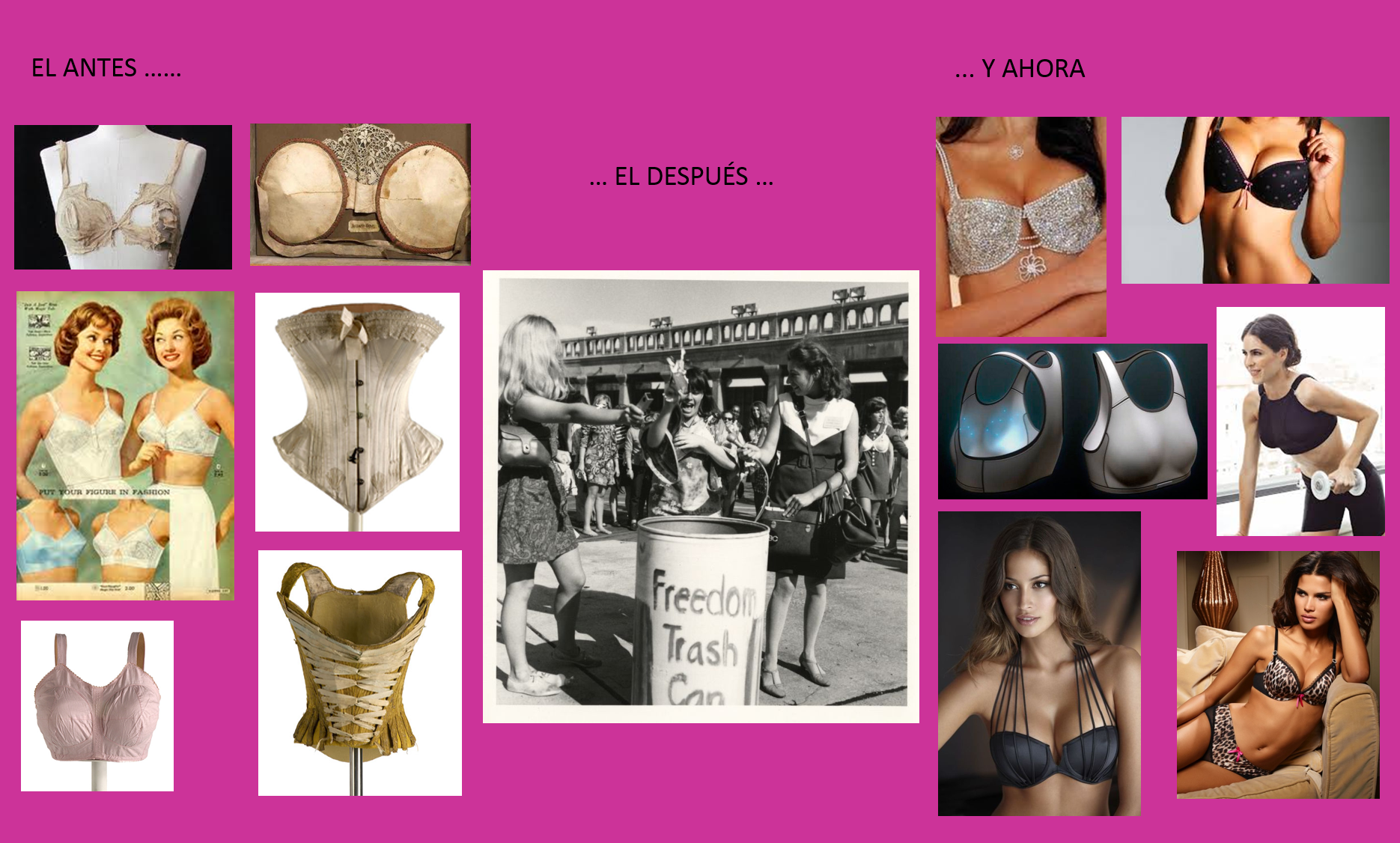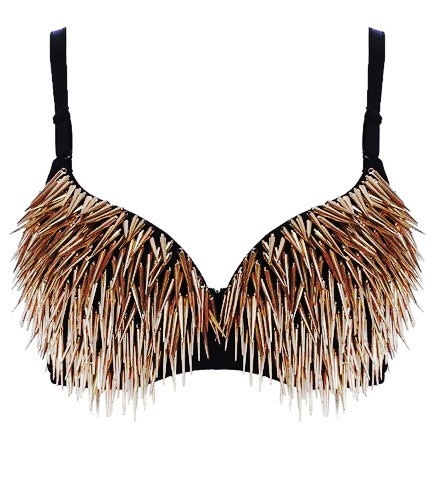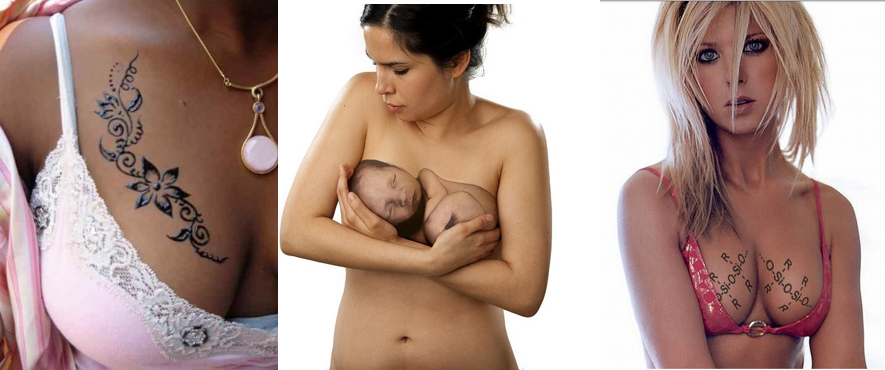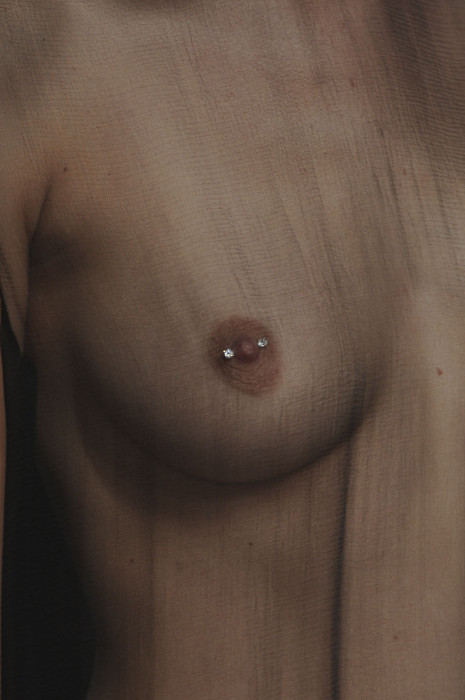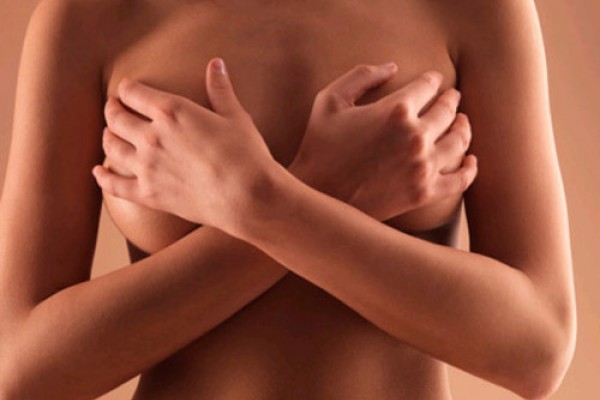Desde siempre, el pecho de las mujeres ha sido una autentica arma de seducción. Ha simbolizado la feminidad de la mujer, el ‘don’ de alimentar, el poder, la sexualidad y la sensualidad; y la prenda encargada de protegerlo, el sujetador, un arma infalible en nuestra lucha por la igualdad y la liberación. Su historia reafirma la gran preocupación por esta parte del cuerpo de la mujer, así como, el especial cuidado y atención que le hemos prestado a lo largo de la Historia. Porque, ¿quién puede negar la gran atracción que genera un bonito y sugerente escote?
Ya las mujeres en la Creta Minoica, allá por el 1.700 a.C., lucían lo que serían los primeros sujetadores que levantaban sus pechos, así como unas bandas de tela que los sujetaban cuando practicaban deporte. Práctica que adquirieron las romanas para mostrar su nivel de civilización, pero que curiosamente quedó ‘desacreditada’ por asociarse a mujeres de mala vida.
Datado en la Edad Media -siglos V al XV- aparecía recientemente en un castillo de Austria, lo que se cree fue el predecesor del sujetador actual; pero fue en el siglo XVI cuando hace su aparición el corsé, debido a la obsesión de la temible Catalina de Médicis por las cinturas de avispa, lo que sometió a las mujeres a una tortura que se extendería a lo largo de 350 años. Catalina llegaría a prohibir el acceso a la corte francesa a toda aquella mujer cuya cintura excediera los 50 cm.
A mediados del siglo XIV, en Nueva York, Henry Lesser proponía un armazón metálico que sujetaba los senos, resultando tan opresor -o más- como el anterior. La también americana Olivia Flint, compite con la francesa Herminie Cadolle, por la titularidad de la incorporación de los tirantes y del uso de materiales más elásticos. En 1902 el inglés Philippe Brassière reclama también el invento, pero es en 1914 cuando por primera vez la americana Mary Phelps presenta una patente de un sujetador, sin mucho éxito por cierto, hasta que Warner Brothers Bra se hizo con ella por 1.500 dólares. En los próximos 15 años llegaría a facturar hasta 30 millones de dólares (¡de la época!)…
La Primera Guerra Mundial terminó enterrando los inhumanos corsés fabricados con varillas de metal, gracias a la necesidad de este material que requería el Gobierno Americano para la fabricación de buques de guerra. Se ahorraron 28.000 toneladas de acero con el que se fabricaron 2 buques de guerra. Durante esta época se hizo muy popular el estilo “flapper”, pecho plano y look masculino. Ida Rosenthal (emigrante ruso-judía) en U.S.A., cambió la tendencia con la presentación de unos diseños que resaltaban por primera vez el busto de la mujer, dando forma cónica y puntiaguda al pecho.
Los años 60 comienzan con las protestas femeninas utilizando el sujetador como símbolo de la liberación femenina –ya que lo veían como un modo de represión-, curiosamente inventado por nosotras.
A pesar de ello, el sujetador ha sobrevivido como prenda imprescindible en el closet de toda fémina de mil modos, colores, tejidos y funciones diferentes; de día y de noche, incluso para ser lucidos en público, hasta convertirse en objetos fetiche.
Desde el sujetador ‘joya’ de Victoria Secret; el Pillow Bra para dormir, sujetadores para mujeres mastectomizadas; el ‘anti-balas’ de Triumph, el llamado ‘preventivo’ del cáncer de Smart Bra, los deportivos (de Nike, Adidas, Fila…), sugerentes y sexis como los de La Perla o Wonder Bra, también están los reductores para pechos XXL, los eróticos, etc., pero al fin y al cabo, ¡todos tienen una función que cumplir! La nuestra (de Pillow Bra) es evitar la caída del pecho y la formación de arrugas en el escote. Así que… si te preocupa que el paso del tiempo (entre otros) pueda afectar a tu pecho, no lo dudes, duerme con Pillow Bra todas las noches. Se nota.

